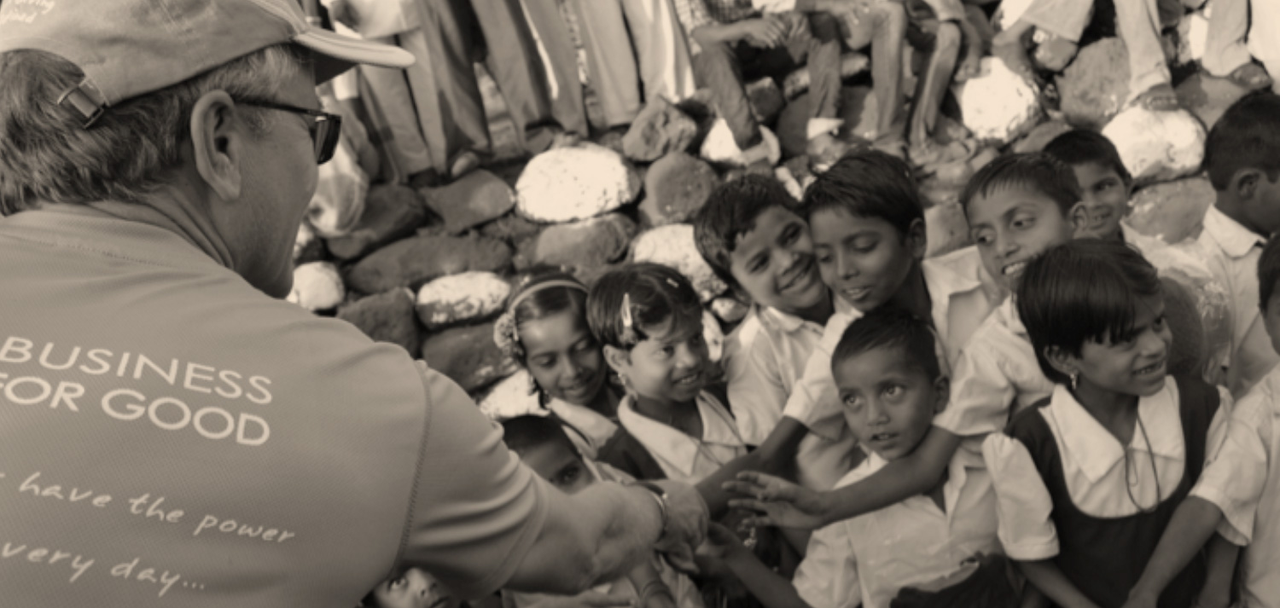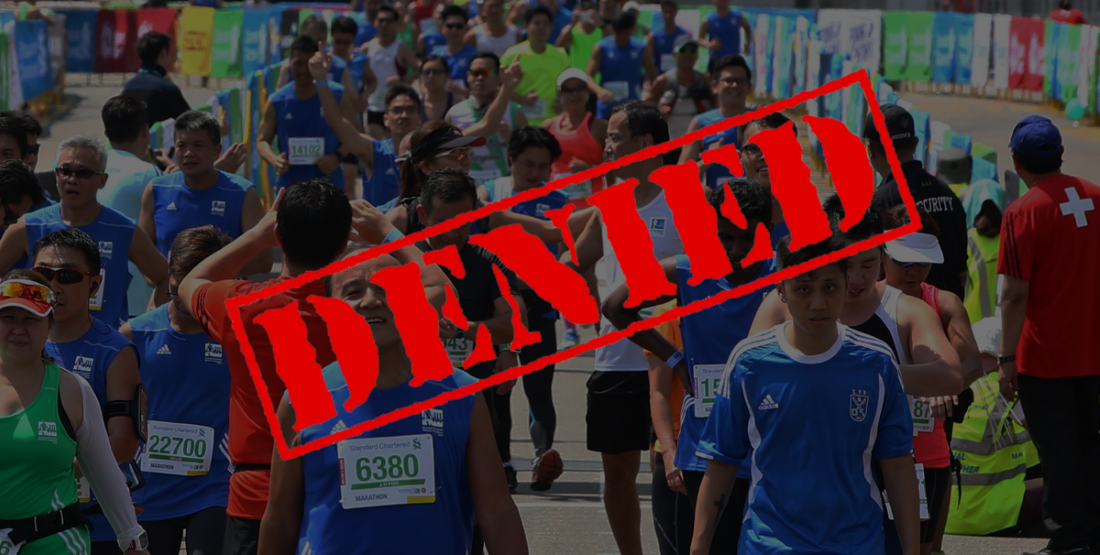Mass participation events have long been used as a vehicle to raise massive amounts of money and awareness for a multitude of charities across the globe.
Many events such as the hugely successful Mother’s Day Classic in Australia and the Cancer Society’s Walk for a Cure have been specifically created and owned by charities. Some of the most iconic events, such as the London, New York and Chicago Marathons, include a strong charity component.
In the case of London, which is massively oversubscribed, charities pay the organisers a premium for race entries that they then onsell to participants who have missed out. Participants must commit to raising a minimum amount of funds for the charity. This has helped the event raise over 450 million pounds. There are some similar interesting insights into Chicago and New York City Marathons shared in this article.
As the industry continues to evolve, it creates interesting opportunities as well as challenges for fundraising.
I am sure there is hardly a week that passes for most of us without receiving shares and requests for fundraising support from our network across various social media platforms. The amplification of a cause or event can be massive compared to the pre-social media days and statistics seem to indicate that total contributions have increased significantly in recent years.
It’s not only the ability to create engagement and awareness that has changed but also the ease of making a contribution. The industry has spawned the growth of platforms such as Everyday Hero and Give Asia which make is easy for participants to set up their own fundraising pages and for supporters to make a contribution at the click of a mouse.
Long gone are the days of walking around the office or suburb haranguing friends and colleagues to sponsor you or spamming them with emails. In addition, the power of social media spreads the message and pool of potential donors on a global scale.
On the flip side, charities are facing a number of new challenges:
The sheer number of events and varied options for consumers with the growth in triathlons and cycling and new concepts such as Tough Mudder, Spartan, Color Run, Music Run and host of hardcore endurance events mean that competition for the fundraising dollar, participants and event dates are getting more intense. Some of the original charity events, particularly walks, have experienced declining numbers and in some cases disappeared completely.
Increased scrutiny from government regulators also creates challenges both with regard to how events can be structured as well as the time and resources that need to be allocated to compliance. For example, in Singapore, the 30:70 rule means that the cost of fundraising must not exceed 30% of the funds raised.
In Asia, the massive growth in mass participation events has spawned a number of charity events and the inclusion of a giving component into many existing events. The reality is that the dynamics can be quite different to other parts of the world. In some cultures, raising money for charity through events is not universally embraced. For example, a few years ago on the Standard Chartered Marathon Singapore, we decided to use the ekiden team relay component to drive fundraising.
The 300 teams usually sold out within a matter of days. We required teams of six to make a minimum donation of $500 to a charity of their choice to qualify for an entry. There was significant backlash on social media and we ultimately only sold 230 teams.
Accountability is also a key question that is asked by both individual and corporate contributors as well as events that are looking to partner with a charity. Is the cause we are supporting worthwhile? Do they do good work? How will contributions be utilised? How do we communicate the impact that each participant will be making? With a number of high profile cases of misappropriated funds, donors in some countries are now more cautious.
An interesting, relatively new entrant to the giving space, is an amazing organization called Buy1GIVE1 (B1G1). The core concept being that for every transaction, businesses or events can create a “Giving Impact”. So it’s not about the amount of money raised but the number of impacts created. For example, an event may decide that for every participant that enters they will give drinking water to a family in Ethiopia or the gift of sight to a person in Bali or a school uniform to a child in India.
All charities are meticulously screened and the process of selecting a beneficiary from hundreds of charities across the globe is as simple as a few clicks of a mouse. B1G1 is a matter of weeks away from making its one hundred millionth giving impact.
At the upcoming Mass Participation Asia conference, we have decided to partner with B1G1 to create giving impacts from each registration to benefit villagers in Tigray, Ethiopia to access clean, disease-free water. The impact of such an essential human necessity will reduce their average daily water collection time, reduce child mortality rates and allows children to receive a proper education instead of spending their time collecting water.
Why Ethiopia? Working with B1G1, we have identified WellWishers Trust as the beneficiary because water is such an important element in any mass participation event and the fact that Ethiopia has produced so many top athletes made it an obvious choice.
If you have a story about fundraising and mass participation events, or why and how you picked a charity of choice, I would love to start a conversation by commenting below.
We are in the final stages of assembling an exceptional panel of speakers, which will also include those in the fundraising space, for the second edition of the conference in Bangkok on 29/30 November. Information and super early bird tickets available at http://massparticipationasia.com/
If you can’t make it to the conference but would still like to contribute towards the cause we are supporting, you are welcome to make a donation here: https://www.b1g1.com/projectdetail/285




